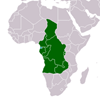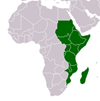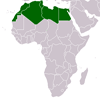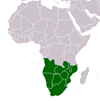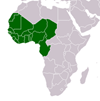Design Frameworks
Design Frameworks
Design frameworks are a phenomena appearing in the field of new media (e.g., Brook & Oliver, 2003; Fiore, 2003; Dix, Rodden, Davies, Trevor, Friday, & Palfreyman, 2000; Taylor, Sumner, & Law, 1997). They appear to be a response to the multi-disciplinary nature of the field and have a number of things in common. They are usually developed in response to a perceived lack of common understanding or shared reference. Frameworks often advocate a set of principles, a particular ethos, or expound a philosophical position, within which a collection of methods, approaches, tools, or patterns are framed. They aim to support design analysis, decision-making and guide activity, and provide a common vocabulary for multi-disciplinary teams. In contrast to some design methods and models, they tend to be broad and encompass a wider area of application. Rather than prescribe a single “correct” way of doing something, they provide a guiding structure that can be used flexibly to support a range of activity. This article describes one design framework, the experience design framework (Jefsioutine & Knight, 2004) to illustrate the concept.
CITATION: Knight, John. Design Frameworks edited by Ghaoui, Claude . Hershey : IGI Global , 2005. Encyclopedia of Human Computer Interaction - Available at: https://library.au.int/design-frameworks

